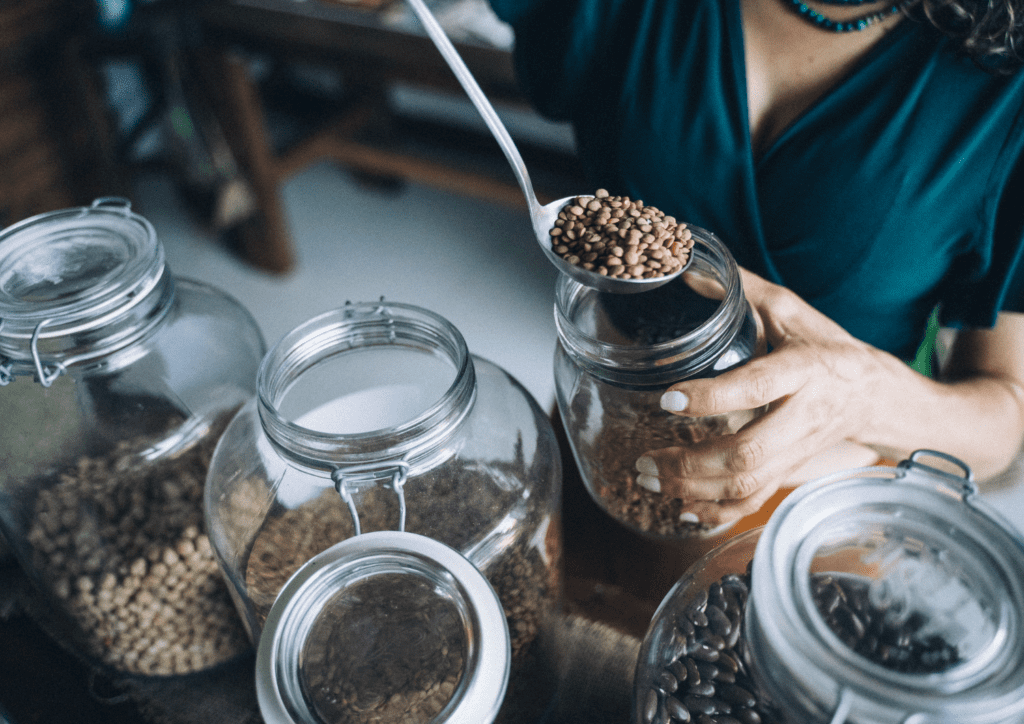This Plastic Free July, we are turning our sights on Canada’s grocery stores — one of the major drivers of Canada’s plastic packaging waste. As we pointed out in our grocery store audit back in early 2023, way too much of our food is packaged in throwaway plastics. Even with the elimination of single-use checkout bags, we are still very much holding the bag when it comes to dealing with waste from our food purchases.

In Part 1 of this series, we highlighted how Canada’s major (and highly profitable) grocery chains should be taking responsibility to reduce their plastic footprints. Instead, they are resisting any requirement for change and most likely breaking their own promises to address throwaway plastics by 2025.
And if all the waste wasn’t bad enough, the plastic wrapped around our food poses health risks, especially for young children and infants. Chemical additives in packaging can leach into food and affect human development at key stages of life. Plastic food packaging is also a source of microplastic particles that health researchers are finding in every part of the human body.
What can Canadian grocery stores do to reduce plastic?
The good news is that there are plenty of ways retailers can reduce packaging. Where packaging is needed, refillable containers are the answer! Here are just a few examples:
- Over the summer, a new project will begin in Ottawa to provide reusable packaging for certain products in the prepared foods and deli sections of three major grocery chains. Customers will be able to return the container to any of the participating stores to avoid paying a fee similar to a “late fee” at the library.
- Across France, grocery retailers have set up whole shelves for products such as water, pop, wine and legumes in refillable containers. Packed in glass, consumers pay a small deposit when they buy the product and can return the bottle or jar to any participating retailer to recoup their deposit.
- Grocery chains are also building on the popularity of “zero waste” grocery stores, such as Unboxed Market in Toronto, to bring bulk options to larger stores for things like nuts, cereal, oils and coffee — where customers can bring their own containers or purchase reusable containers on site.
- In Aarhus, Copenhagen, a program started this year for reusable beverage cups across the city. Customers pay a deposit on the cup when they buy their beverage and can return the container to machines located around the small city to redeem the deposit. This type of program could be extended to all types of grocery packaging.

Why aren’t Canadian grocery stores doing more to reduce plastic packaging?
Canadians are already used to returning beverage containers to stores or depots for a refund. That habit is essential to make refillable packaging work — something we see with Canada’s longest-standing beer bottle refill systems. It’s not a major flex to build on our existing habits and infrastructure to return even more containers to stores and depots that could be washed out and refilled.
So don’t believe the large and profitable grocery chains if they say that expanding reusable packaging is not feasible. We know it is, and it’s time they put some of their enormous profits to work on systems that will save our health, our landfills and our wallets in the long run.










